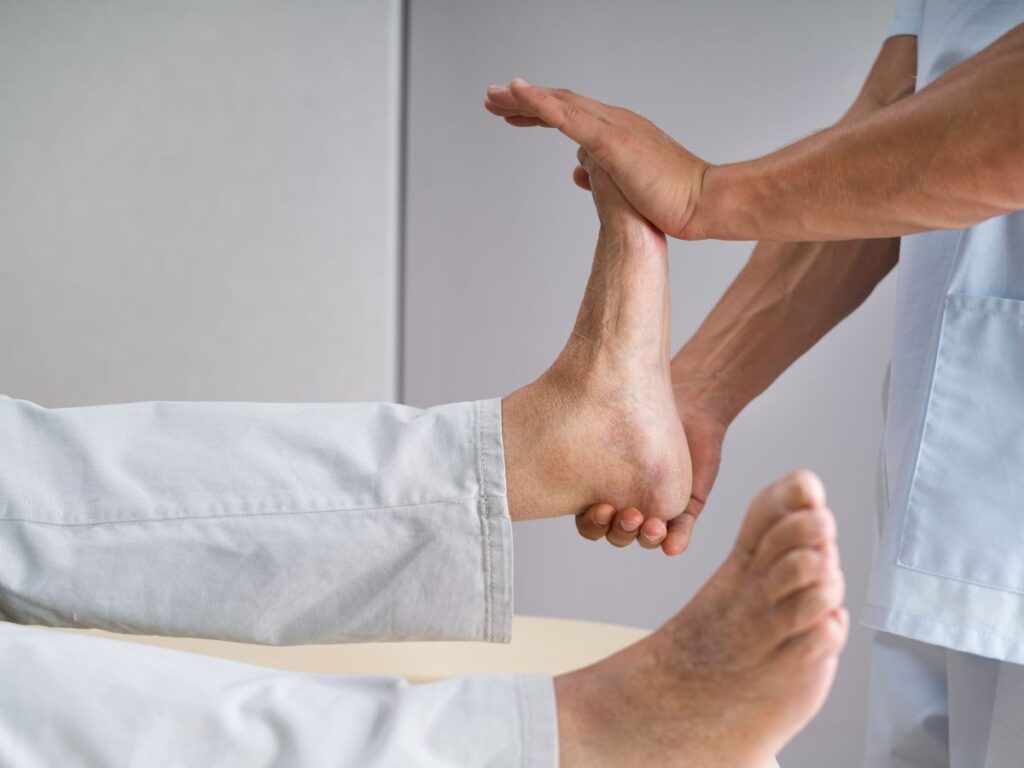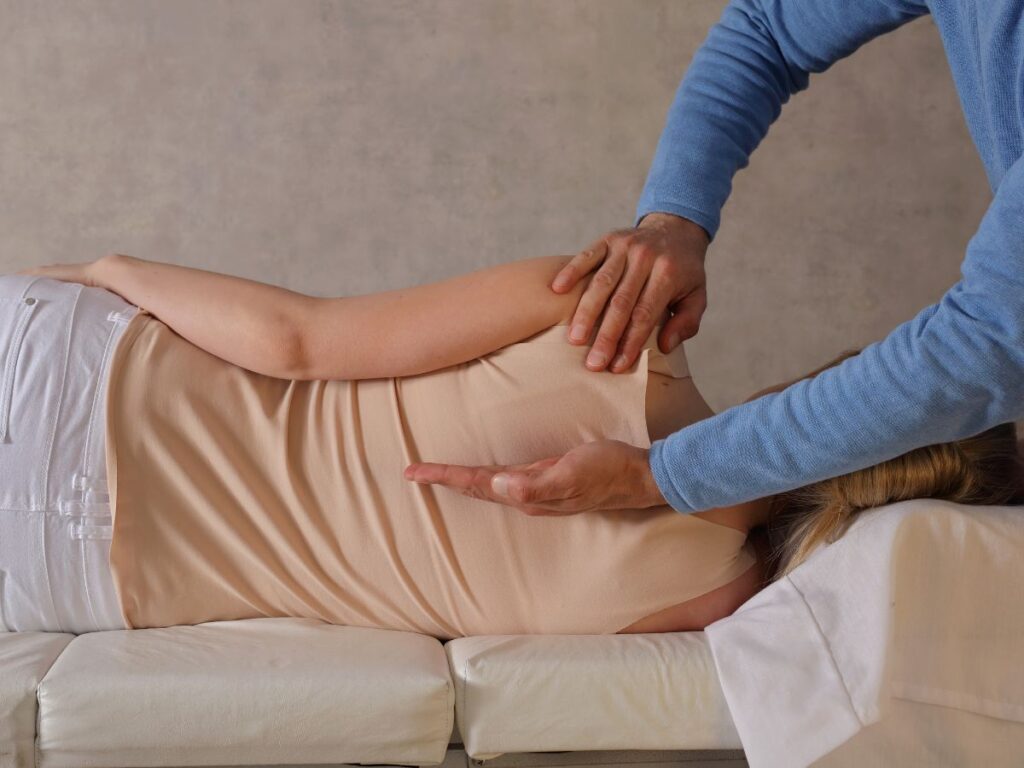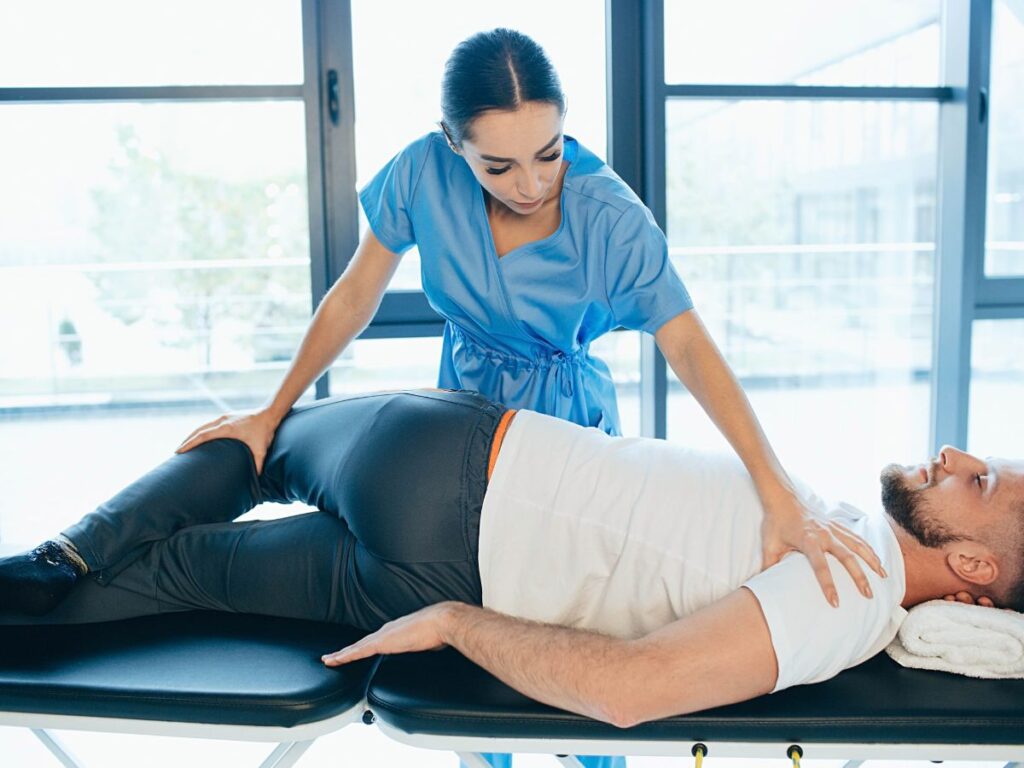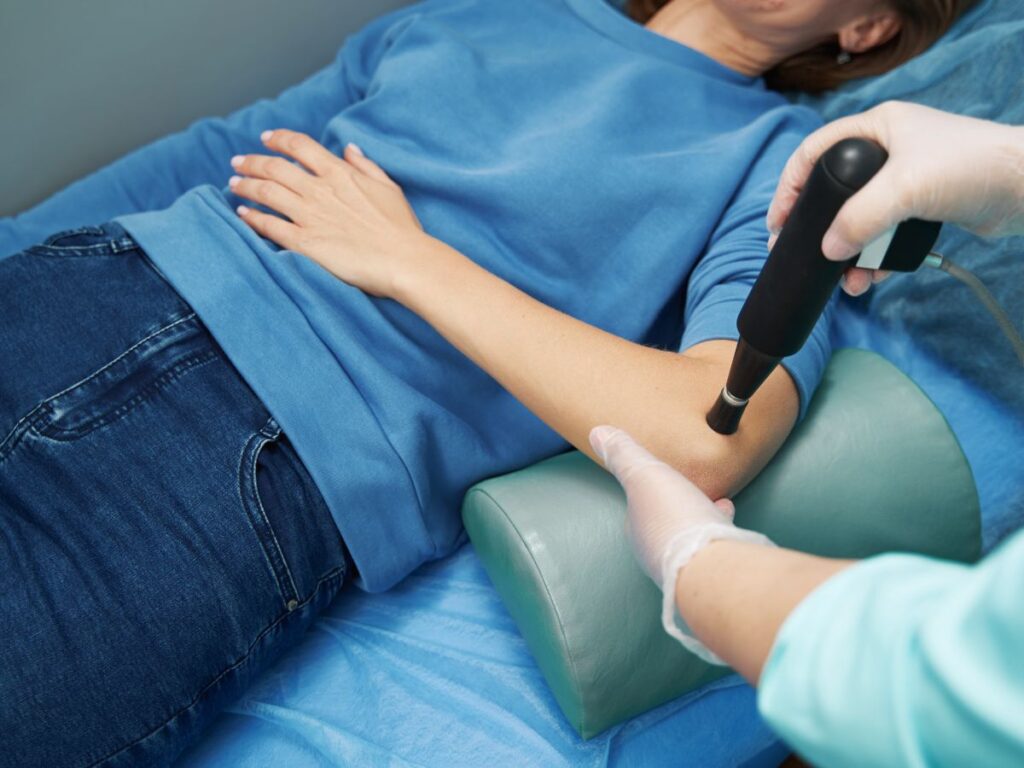Why the Knee Is Prone to Issues
The knee endures immense stress with every step, squat, or jump, making it one of the most injury-prone joints. In addition to bearing body weight, it twists and bends in a narrow range of stable motion. Overuse, obesity, or sudden trauma can strain its ligaments, cartilage, and tendons. Meanwhile, age-related wear—like osteoarthritis—can erode the cushioning between bones, leading to chronic discomfort. Physical therapy targets these underlying factors, from strengthening the quadriceps and hamstrings that support the joint, to correcting imbalances that create unnecessary knee stress. The result is not just pain relief, but also more efficient movement that preserves knee health over the long haul.
Common Knee Conditions
Knee pain manifests in diverse forms. Patellofemoral pain syndrome causes anterior knee discomfort, often exacerbated by climbing stairs or prolonged sitting. Ligament injuries—such as ACL or MCL tears—can result from high-impact sports or sudden directional changes. Meniscal tears, often related to twisting injuries, may lead to locking or buckling. Osteoarthritis, prevalent among older adults, wears down cartilage, sparking inflammation and stiffness. Identifying the precise issue is essential for successful rehab. Therapists typically evaluate joint stability, muscle strength, gait mechanics, and range of motion. Pinpointing these elements helps guide interventions, whether it’s re-educating muscle patterns or offloading stressed tissues via taping or bracing.
The Goals of Knee Physical Therapy
Physical therapy adopts a threefold approach: alleviate pain, restore functional mobility, and future-proof the knee against repeated injuries. Early sessions may involve reducing inflammation and promoting tissue healing, possibly through gentle range-of-motion exercises or ice therapy. As pain subsides, therapists shift focus to muscle endurance and dynamic stability, teaching patients how to balance forces across the knee with less strain. Eventually, advanced drills or sport-specific training mimic real-world challenges, ensuring the knee can handle daily activities or athletic pursuits. By the end, patients often gain better proprioception and coordination, bolstering confidence in their movement patterns and diminishing re-injury risk.
Core Techniques Employed
Physical therapists utilize varied methods, including:
- Manual Therapy: Joint mobilizations or soft tissue work around the patella and surrounding muscles to improve flexibility.
- Quadriceps and Hamstring Strengthening: Exercises like squats, lunges, and leg presses are scaled to the individual’s tolerance.
- Balance and Proprioception Drills: Standing on foam pads or performing single-leg exercises to refine knee stability.
- Gait Training: Correcting how you walk or run to distribute forces more evenly across the joint.
- Activity Modification: Advising on alternative exercises—like swimming or cycling—while the knee recovers.
Therapists also teach patients about pacing, emphasizing the importance of not overloading a tender knee too quickly. Small, incremental gains accumulate, leading to lasting improvements in function.
Dr. Elham’s Alignment Insights
Because knee function is closely linked to hip and ankle alignment, Dr. Elham often assesses the entire kinetic chain to spot deviations. For instance, excessive pronation in the feet can alter knee mechanics, fueling chronic stress on certain ligaments. Similarly, pelvic misalignment may shift body weight unevenly, magnifying knee discomfort. By providing chiropractic adjustments or recommending foot orthotics, Dr. Elham addresses these upstream or downstream factors. This integrated approach complements physical therapy, ensuring that once the knee regains strength, the entire leg alignment supports sustainable outcomes. Patients thus benefit from a holistic strategy that extends beyond the immediate site of pain.
Home Exercise and Lifestyle Shifts
While in-clinic sessions offer professional guidance, daily routines ultimately shape recovery. Therapists typically develop a home program of stretches (e.g., hamstring stretches, calf stretches) and strengthening moves (e.g., mini-squats, step-ups) to reinforce progress. Weight management is critical for knee health—every extra pound translates to additional pressure on the joint. Simple lifestyle shifts, like taking the stairs more gently or avoiding deep squats if arthritic changes are present, help protect healing tissues. Patients aiming to stay active can shift from high-impact sports (like running) to low-impact alternatives (like elliptical training or water aerobics), safeguarding the knee without forsaking fitness goals.
Overcoming Activity Limitations
Knee pain can restrict day-to-day tasks, from climbing stairs to kneeling for household chores. Therapists often break down these tasks into manageable steps, strengthening the relevant muscles and refining the joint’s tolerance. For instance, if squatting is painful, partial squats or wall sits may be introduced first, gradually progressing to full squats as the knee adapts. Athletes who pivot or jump—like basketball or tennis players—undergo agility drills focusing on proper landing mechanics. By methodically retraining these movements, patients learn safe strategies for returning to previous levels of activity, reducing the likelihood of recurrent strain.
Potential Consequences of Ignored Knee Pain
Left unaddressed, knee pain can lead to chronic compensations—like limping—which place undue strain on the hips or lower back. Over time, cartilage damage may worsen, accelerating arthritic changes. Reduced mobility also impacts cardiovascular health, as discomfort deters individuals from exercising. In severe cases, the joint may become unstable, elevating the risk of falls. By contrast, prompt physical therapy tackles the root of dysfunction and prevents the cascading effects of inactivity or flawed biomechanics. Intervention at the early stage often requires fewer sessions and yields better long-term results.
Progress and Expected Timelines
Recovery durations vary based on the severity of injury or degenerative changes. Mild strains might show marked improvement within four to six weeks of therapy, whereas post-surgical rehab (e.g., ACL reconstruction) may span several months. Therapists regularly reassess strength, range of motion, and functional tasks—like ascending a step without pain—to guide progression. If improvements plateau, they might modify exercises, add manual therapy, or consult with Dr. Elham regarding alignment adjustments. Realistic goal-setting keeps frustration at bay, emphasizing incremental gains rather than a sudden leap to full function. Transparent communication about aches or setbacks ensures the therapy plan remains appropriately challenging but safe.
When Surgery Enters the Picture
Certain conditions—like advanced osteoarthritis or extensive ligament tears—may eventually necessitate surgical intervention. Physical therapy is vital both before and after these procedures. Prehab strengthens surrounding muscles, helping the joint better tolerate surgery. Postoperatively, therapy addresses scar tissue, swelling, and muscle atrophy, guiding patients back to walking, stair navigation, and recreational activities. Dr. Elham’s role may include ensuring the rest of the lower extremity chain remains aligned during healing, preventing compensations that hamper surgical outcomes. Cohesive teamwork between surgeons, physical therapists, and chiropractic specialists offers the best chance for smooth rehabilitation.
Securing a Resilient Knee
Physical therapy for knee pain merges clinical expertise with patient commitment. Through targeted exercises, balance drills, and thoughtful load management, the joint recovers its capacity to flex, extend, and twist without penalty. Dr. Elham’s alignment perspective further refines mechanical efficiency, addressing overlooked factors like foot pronation or pelvic tilt. Equally important is the patient’s role—performing home routines, adopting an active lifestyle, and maintaining open communication about progress. With consistency, each day becomes another step toward renewed mobility and diminished discomfort, allowing you to tackle stairs, sports, and life’s demands with the confidence that your knees can keep up.






